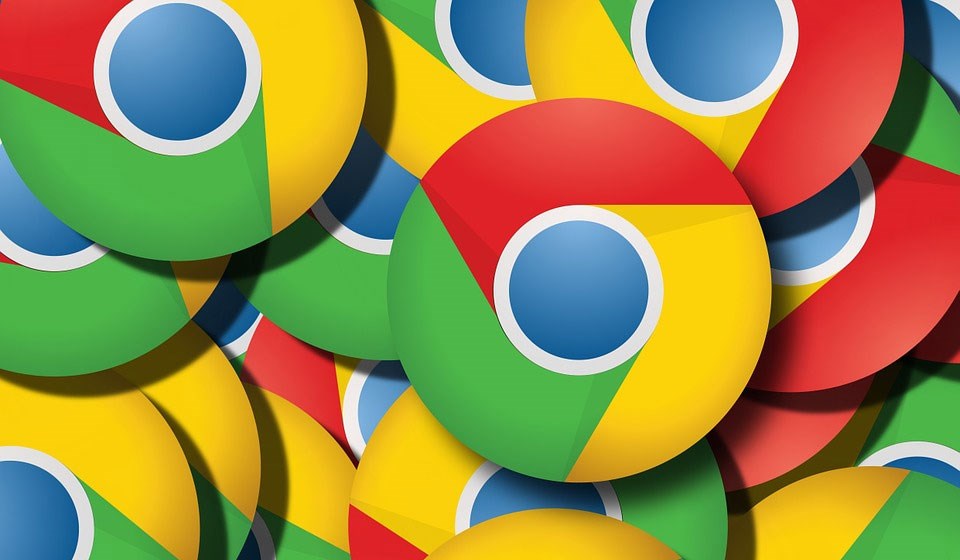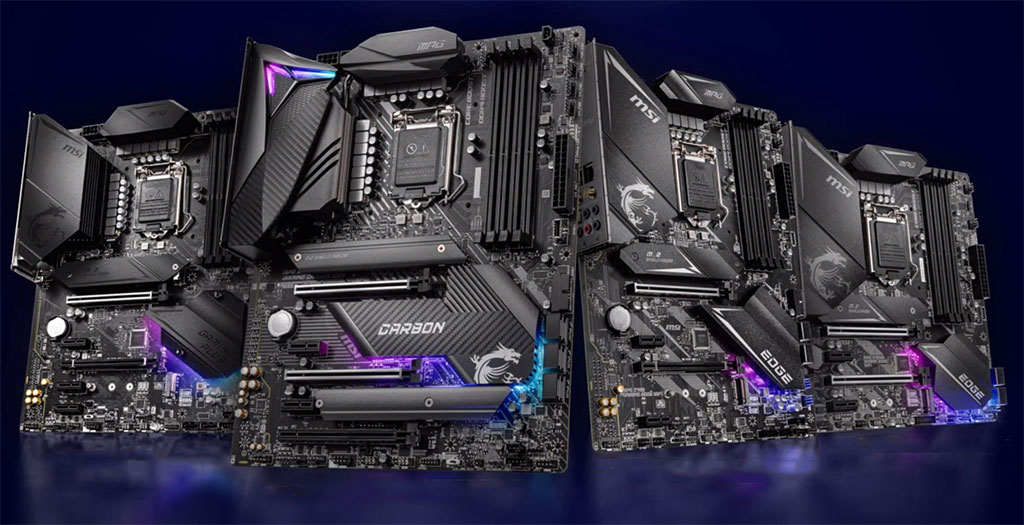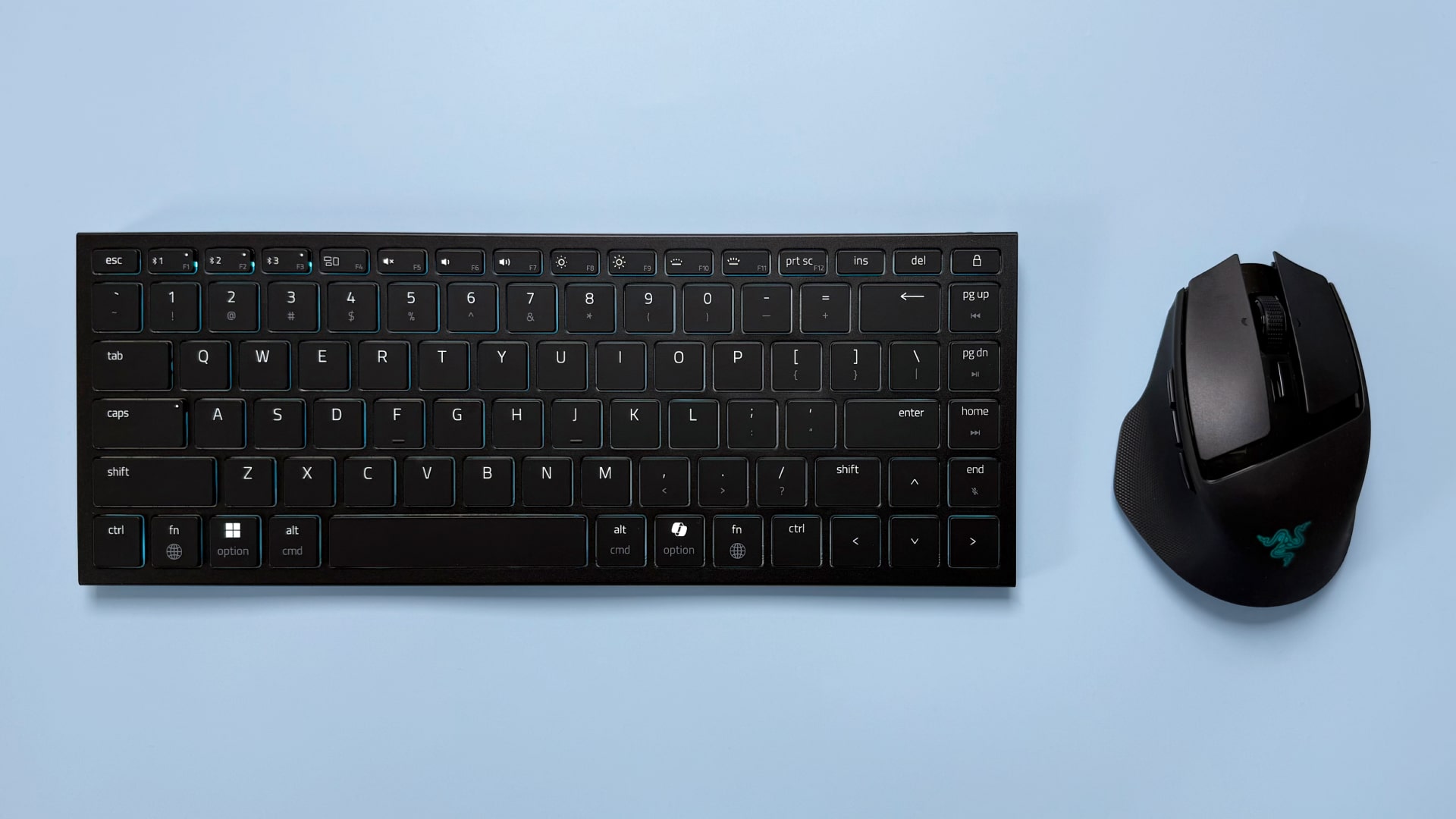Google Chrome finally kills off Adobe Flash
RIP to the king of gaming under your teacher's nose in IT class.

With the arrival of Chrome's latest update, Chrome 88, the browser is finally waving goodbye to Adobe Flash support, thus ending the Flash Player's long tenure on the web. We had some good times, we had some not so good times, but all in all it's certainly sad to see the old dog go.

Best gaming motherboard: the best boards around
Best AMD motherboard: your new Ryzen's new home
Google didn't make the decision to put Flash out to pasture alone, it was way back in 2017 when Adobe called for Flash's gradual end-of-life process to begin, which has all but come to a close now that the world's most popular browser no longer supports it.
Chrome 88 officially puts an end to Google's support of Flash, even if you would be happy to take all the risks associated with the web format onboard. And those risks could be rather great, too, as one reason why Adobe first decided to sunset Flash was to prevent the distribution of outdated, unlicensed, and potentially vulnerable software. Software vulnerabilities? Flash player has been known to have a few of those.
The latest Chrome update also removes support for FTP (file transfer protocol) URLs, which will see users relying on these to shift files around the web having to shift over to more secure and up-to-date standards or else find another browser.
Mozilla Firefox will ship version 85 later on January 26, 2021, which will be the first without support for Flash.
It's certainly the end of an era, although arguable one that ended in quite some time ago—Flash Player's hay day was surely back when Newgrounds and Miniclip were on every school's blocked site list.
If you're still left feeling a little empty inside, you can read Jeremy Peel's Flash in memoriam—a look back at the legacy of Flash games over the years. You'd be surprised how many modern titles learned a lot from the days of toon browser gaming.
Keep up to date with the most important stories and the best deals, as picked by the PC Gamer team.

Jacob earned his first byline writing for his own tech blog. From there, he graduated to professionally breaking things as hardware writer at PCGamesN, and would go on to run the team as hardware editor. He joined PC Gamer's top staff as senior hardware editor before becoming managing editor of the hardware team, and you'll now find him reporting on the latest developments in the technology and gaming industries and testing the newest PC components.

